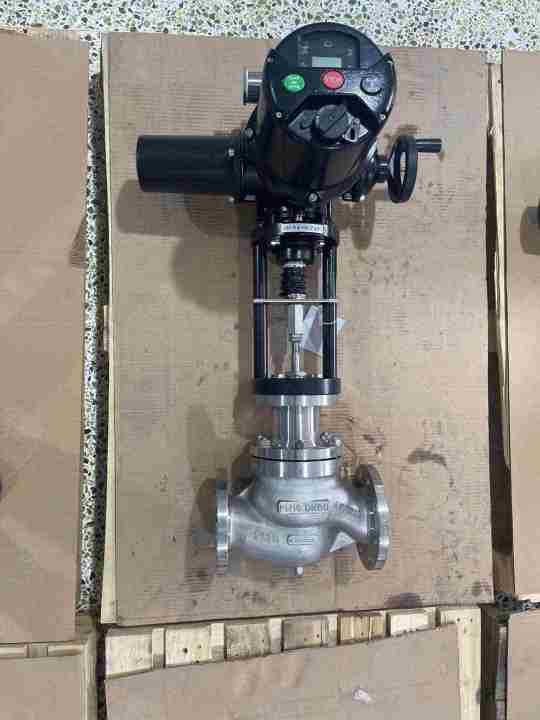understanding the wcb electric two-seat regulating valve: features, applications, and benefits
Release time:2025-08-23 01:47:32
The WCB Electric Two-Seat Regulating Valve is a vital component in fluid control systems, designed to maintain optimal flow rates, pressures, and temperatures in various industrial applications. Combining the strength of WCB material with advanced electric actuation, this valve type ensures precise control and durability in challenging environments. This article explores the key features, benefits, and typical applications of the WCB Electric Two-Seat Regulating Valve, providing a comprehensive understanding of its role in modern automation systems.

Key Features of WCB Electric Two-Seat Regulating Valve
WCB Material Construction:
The "WCB" designation refers to a type of cast steel commonly used in industrial valves. This material is highly resistant to corrosion and wear, making it suitable for use in harsh environments, including chemical processing plants, power stations, and oil and gas facilities. The WCB alloy provides a durable foundation for the valve, ensuring longevity and reliable performance under high-pressure conditions.
Electric Actuation:
The WCB Electric Two-Seat Regulating Valve uses an electric actuator to adjust the position of the valve. The actuator receives a control signal (typically 4-20mA) and automatically adjusts the valve's opening or closing. This electric control enables highly precise flow regulation without the need for manual intervention, offering excellent accuracy in maintaining desired system parameters.

